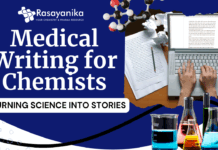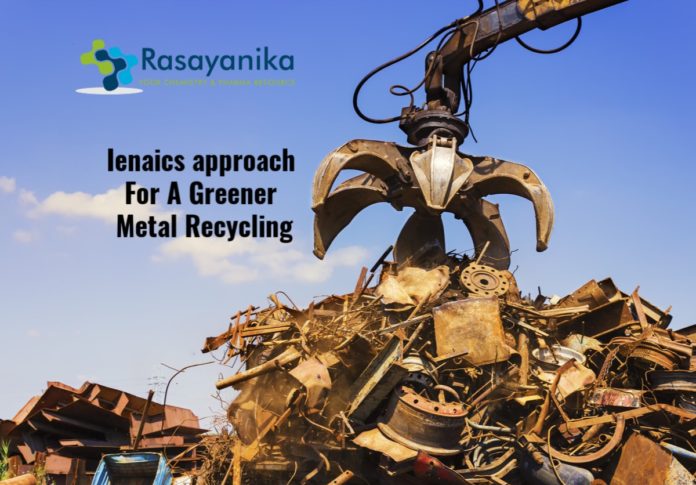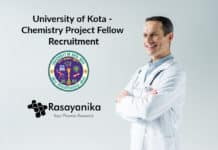Ienaics Approach In Separation Chemistry Towards Greener Recycling
The basic process used in hydrometallurgy for decontaminating solvents and recycling metals is called Liquid-to-liquid extraction. Until now, theories and operating feedbacks that are only partly understood were the basis of “recipes” used in chemical processes. There are no chemical or physical prediction models available to optimize experiments, especially in the case of multiple extractants.
Researchers at the Institute of Separative Chemistry at Marcoll and their foreign partners successfully identified the synergy between extractants, a phenomenon known to exist since the 1960s, but not yet explained.
This approach, called the ienaics approach, provides new insight into the chemical and physical interactions that occur within a solution even beyond its immediate neighbors. To do this, the experiments and measurements were done ten times more accurately than they have been published to date were carried out using an instrumented benchmark at Markol and deployed at the Scarce Laboratory in Singapore. This is the first time the efficiency of the extractant molecules and the synergy between them are quantified this rigorously.
This method was patented by CEA in collaboration with CNRS and the Universities of Regensburg and Montpellier, covering the combination of conventional extractants mixed
with non-extractant molecules in the hydrotrope class. Hydrotrope class is a family of chemicals that have not been used in recycling to date but exhibit synergistic behavior that remain unidentified until now.Finally, another paper confirms the industrial use of the ienaics approach in using it as a predictive model for fluid viscosity in nuclear hydrometeorology, which is a crucial barrier to speeding up the recycling processes and in addition to the turbidity of detergents.
Ienaics approach in separation chemistry was initially focused on improving the processing of strategic and heavy metals by extraction. The approach was used to reduce the amount of effluent produced. All of this offers a new impetus for hydrometeorological processes, for example, the reuse of wind turbine magnets in France and other EU member states.
Over the next 10 years, the advancement of technology is expected to result in more efficient and environmentally acceptable extraction processes in biofuel refineries and cheaper methods for molecules to be used in the pharmaceutical industry.

















































